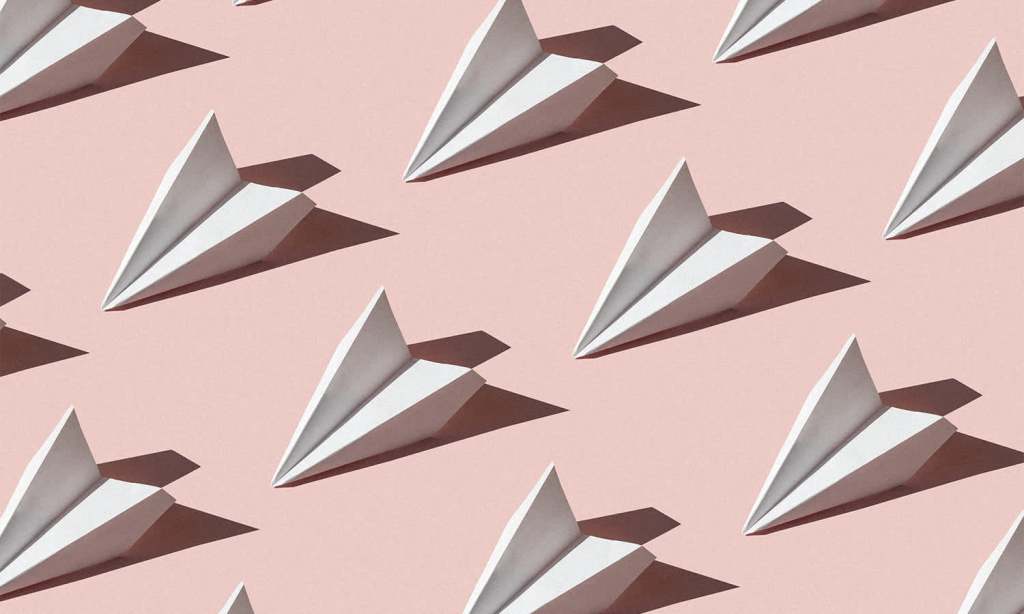If you thought the airlines would go back to regularly scheduled programming after COVID, you thought wrong.
It’s been two years since international borders were shut in Australia and the airlines that suddenly found themselves on the verge of collapse are still staggering to get to their feet.
While those borders have been opening in stages since November of 2021, unrestricted access to Australia by international tourists has only just returned.
Airlines like Qantas and Virgin, not to mention the hundreds of tourism operators and millions of employees in the sector, have been raring to get back to it since the shutdown. An industry that once brought in $45 billion annually has been obliterated during the pandemic, costing some 9000 jobs in Queensland alone.
This is why the government has announced a $60 million cash injection to lure tourists back to the country, with $15 million allocated to the popular Tropical North Queensland region. It’s a budget promise that is likely to play well with that electorate, which the Coalition will need if they have any hope of succeeding in the upcoming ballot.
Tourism Minister Dan Tehan has said that 92,000 visitors, 80,000 international students, 35,000 skilled visa holders and 5,600 working holiday makers have visited the country since November and that he is “confident that Australian tourism will bounce back quickly.”
But it’s not all plain sailing from here. With global attention now turned to the war in Ukraine, it looks like there’s more turbulence predicted for the industry. Here are three of the major issues stopping the return to normality right now.
Rising Airfares
The global fuel shortage, caused by sanctions imposed on Russia driving up demand elsewhere, is threatening the cost of air travel. Fuel makes up around 35% of an airline’s operating costs, and, with the price of climbing to US$112 a barrel from US$78 at the start of the year, this is clearly going to have a big impact.
Last week, Qantas chief executive, Alan Joyce, said that prices would increase by around 7% in response to the war however Finder data already shows that some routes have increased by 112% and could go higher.
Compared to pre-pandemic levels, flights from Perth to Sydney are up to $862 from $407. Melbourne to Perth, normally $368, is now sitting at around $611.
However, this is not entirely down to the rising cost of fuel. Increasing demands on flights now that the skies have somewhat cleared since the start of the pandemic has driven prices up as airlines struggle to supply it.
Joyce has said that half of Qantas’ international operation is between Australia, the US and the UK. Tickets for flights to those areas are outstripping supply, adding to the increase in the fuel costs.
Pre-Departure COVID Testing
While borders have been flung open, COVID restrictions remain. Some of these include the need to have a COVID test before flying, something that destinations like the US and the UK have dropped.
This, along with the uncertainty around the future of the pandemic as well as the conflict in Eastern Europe, is contributing to a reluctance of people to fly into and out of the country.
While many trips have been booked to see friends, family, and loved ones, there is data suggesting that Aussies are less likely to be planning overseas holidays when summer comes back around again.
Attempting to assuage these fears and put the pandemic behind us is largely what has motivated the Prime Minister to make the announcement that Australia will scrap pre-departure testing.
Health Minister Greg Hunt has done away with the requirement to do a PCR test or a rapid antigen test before flying.
The changes will come into effect on 17 April, with Hunt saying that it’s now time to “normalise Australia.”
“The country is ready to move on from the emergency declaration made two years and one month ago. I will not be renewing the biosecurity emergency determination,” Mr Hunt told reporters on the Gold Coast.
“That’s on strong advice from Professor Kelly and our other medical advisers; the unanimous advice that was given to me and discussed with the national security committee of cabinet.”
Travellers will still have to show that they have had at least two doses of a COVID vaccine before travelling, however.
Mask Rules on Planes
Mask-wearing is still currently compulsory on Australian airlines. While it might be fine for a shorter domestic trip, the idea of doing a long-haul international flight while masked is not the most attractive idea.
Still, travel experts say that the practice is highly effective in stopping the spread of the virus onboard, so it’s probably a good idea to keep one on just in case.
The Health Minister has said that mask requirements will remain on Australian flights and flight carriers, with no update as to when this rule might be repealed.
International carriers however are already dropping the requirements.
Of course, it would be Britain, the international leader in pretending the pandemic isn’t happening and hoping the problem will go away, that is leading the charge on this one.
At the start of the month, British airlines Jet2, Tui, British Airways and Virgin Atlantic did away with the requirement for mask-wearing, meaning there are no longer any COVID requirements for entering or exiting the country.
Danish airlines and airports have also followed suit, with all of Scandinavia now no longer requiring face coverings. That means it’s only a matter of time before other countries implement similar policies.
The US mask mandate is up for review on 18 April and there are calls in that country to drop the requirement too.
Qantas and Virgin have called for the restriction to be dropped here, however, they have also said that they will support government policy on the decision.
Read more stories from The Latch and subscribe to our email newsletter.







